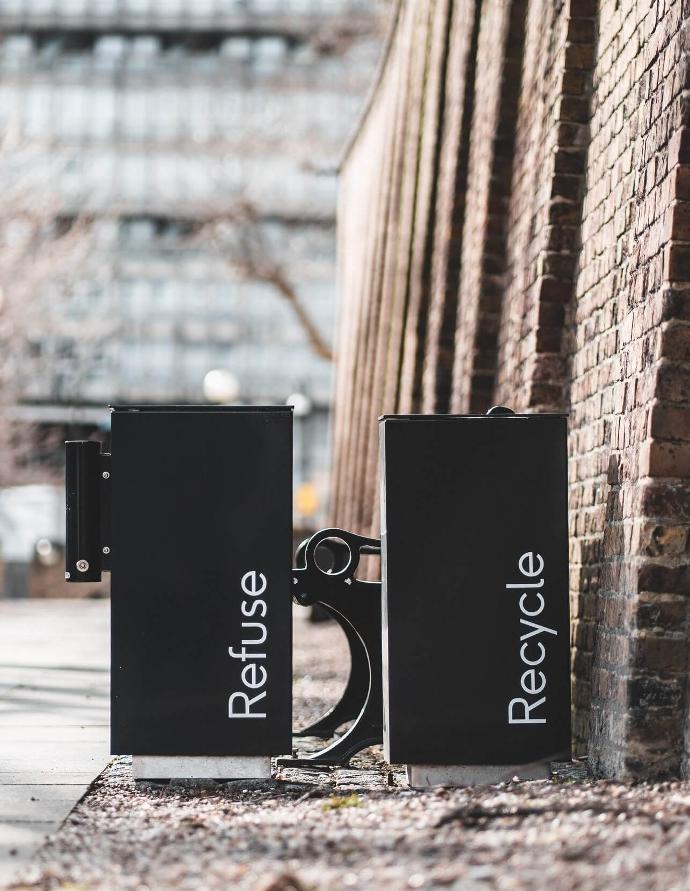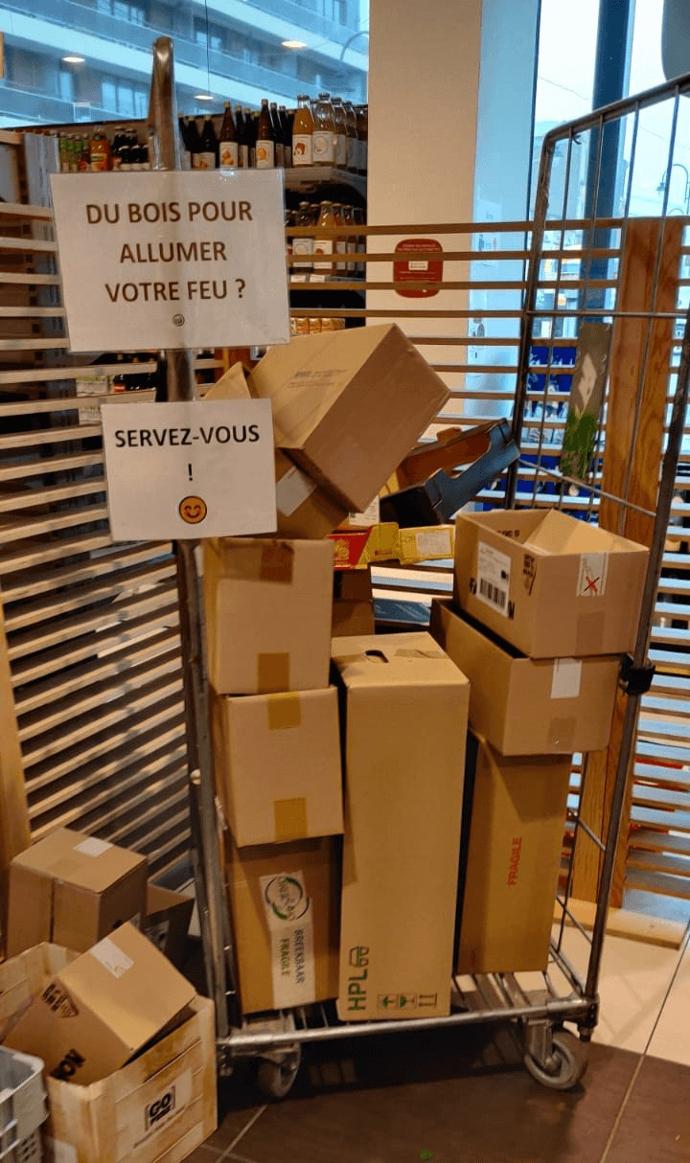CONTEXT
Philosophy of Zero Waste
Reuse is part of the 5Rs zero waste philosophy: refuse, reduce, reuse, recycle and rot. Being aware that reuse comes before recycling is essential to change the way we produce and consume today. However, in parallel, it is already necessary to work on the 2 R's of sobriety: the refusal of superfluous consumption and the reduction of one's consumption.

Between Refuse et Recycle, big energy consumer, we must put Reuse
Broader goals
SDG 12.5 : Responsible consumption and production - establish sustainable consumption and production patterns - By 2030, significantly reduce waste generation through prevention, reduction, recycling and reuse..
Reduction of the CO2 impact : for transporters and expeditors, the use of reusable packaging represents a reduction in their Scope 3 emissions..
THE 4 ESSENTIAL CRITERIA
To qualify as reusable, packaging must be reused in practice. In order to achieve this objective, conditions must therefore be imposed beyond the packaging itself and consider its complete use. The use of reusable packaging must meet all of the following 4 criteria:
1. The design
The design of the packaging should allow it to be reused many times. The materials must be durable in every sense of the word. They must also be robust for their intended use: in particular, they must be able to withstand the treatment inflicted by transporters in their usual practices (resist crushing and a 1m80 fall). The objective is to ensure a high number of uses for which it is intended.
2. The return
A return must be planned and organised. A process must be put in place by the sender or a relevant third party to ensure that the packaging can in fact be reused for its original purpose. Without this condition, the packaging cannot be considered reusable. For example: reusing a cardboard box a second time for personal use does not qualify the packaging as reusable. The reuse must be the same as the original use and must be intended by the merchant.

3. Incentives and controls
The reuse process should be accompanied by incentives and controls of reuse.
Reuse is currently not the norm in our ways of working. Promoting reuse means changing habits. It is therefore important that every reuse scheme lowers possible barriers and provides incentives. The deposit-refund as applied to beer bottles is a good example of an effective and dedicated incentive. Some schemes use lighter incentives such as vouchers. However, these are also incentives for over-consumption which could show a tolerance for greenwashing.
Similarly, it must be verified that packaging claimed to be reusable is reused in practice; this can only be done by means of checks and measurements. Digital monitoring and track&trace are good ways of checking whether packaging is actually reused. The checks carried out should be translated into performance indicators that make it possible to verify the reuse of the packaging and confirm its status. The following indicators are a necessary minimum list:
The rate of reuse over the lifetime of the packaging :
This number of reuses must be significant and therefore several orders of magnitude higher than the disposable alternative. In this case, 2 is not a sufficient number. This number must necessarily be greater than the minimum number of uses before it is better for the environment than the disposable alternative. In our experience, a minimum number should be above 15.
The loss ratio :
The number of packages that do not return to the sender or to the reuse circuit. This shows the importance of the above criteria. Without organised return and sufficient incentives and control, the loss ratio makes the 'reusable' option sometimes worse than the disposable option. A well-known example is that of shopping bins and bags or the promotional water bottle. A waste rate of less than 5% seems to us a reasonable target.
Frequency of reuse :
A package circulating once a year could be considered as non-reused since it would imply the production of many more packages to cover all the shipments. A frequency of 1/month is a reasonable target. Again, the value obtained for the above criteria will influence the performance of the packaging.
4. Science-based assessment
The entire process must be assessed scientifically for its environmental impact relative to the use of disposable packaging. This means that a scientific and standardised life cycle assessment must be available. It is imperative that the assumptions made in the life cycle assessment are confirmed under the actual conditions of use of the product. In this context, the minimum number of uses to outperform the disposable alternative must be known. With severe assumptions for the reusable packaging (e.g. high degradation rate of the reusable packaging) the life cycle assessment should indicate a much better environmental performance of the reusable packaging than its disposable counterpart. In this way, actual deviations from the assumptions do not call into question the choice of reusable packaging.
STANDARDISATION
Standardisation is the best way to stimulate uptake and therefore maximise the environmental impact of the packaging product type. The sooner standardisation is implemented at national and then European level, the less the overall environmental impact of these products will be. An example is smartphone chargers.
This is not a requirement to qualify a package as reusable but it is an important consideration for the legislator.
Commencez à écrire ici ...
What is a reusable packaging?